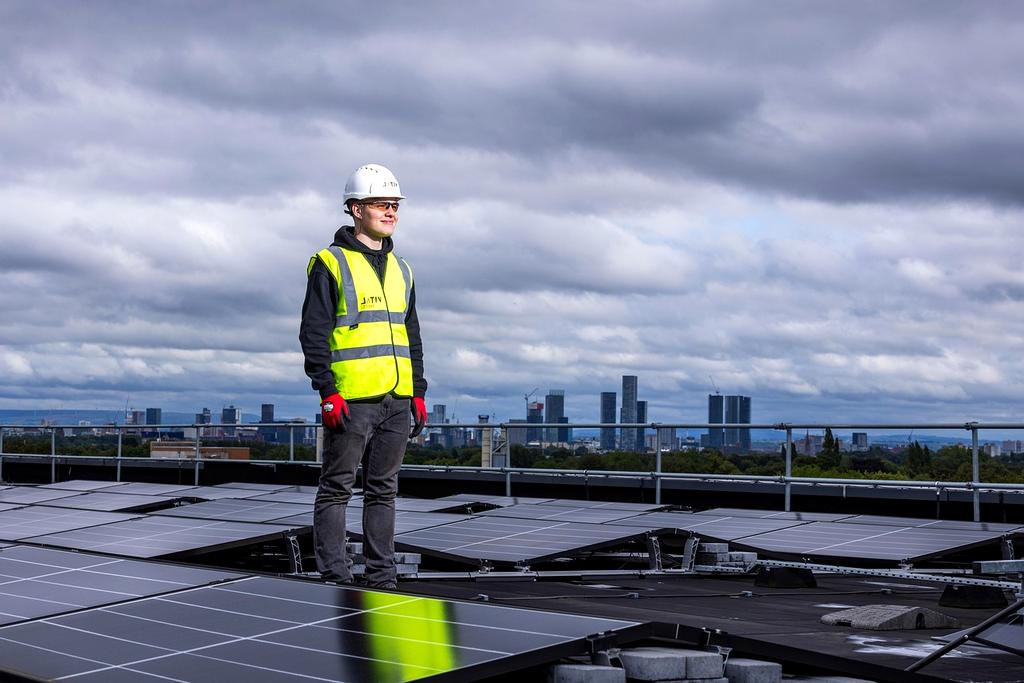Schneider Electric Urges Datacentre Operators to Close the Sustainability Gap
Datacentre operators have been leaders in addressing sustainability, yet the sector still faces criticism for not always delivering real progress on environmental goals. According to Pankaj Sharma, global executive vice-president at Schneider Electric, although datacentres are making public pledges to run on renewable energy, several hurdles stand in the way of meeting these ambitions.

Key challenges include the limited availability of green energy grids, ensuring all technology and infrastructure within the centres are sustainable, and guaranteeing that backup and redundancy systems do not rely on fossil fuels. Sharma explained that transmission losses are also a concern: the farther a datacentre is from the grid, the more energy is lost in delivery.

This situation has led to a "sustainability gap," where ambitious targets are set, but achieving them is still difficult. Datacentre operators face intense pressure from customers and investors to demonstrate sustainability, but as Sharma points out, “a lot of companies are making [sustainability] commitments, but don’t really know how to [deliver on] those commitments.” The pace of technological progress and a shortage of skilled professionals further widen this gap.
One controversial strategy is the reliance on carbon credits. While these can help companies claim carbon neutrality, Sharma stresses that simply buying credits does not equate to genuine emissions reduction. “My operation is still not becoming carbon neutral – I’m just buying a credit and using that to my advantage,” he says.
Despite the challenges, there has been meaningful progress. Schneider has worked to eliminate the use of sulphur hexafluoride (SF6), a potent greenhouse gas, from server farm infrastructure, replacing it with air-based systems. Other innovations include more efficient power supplies and green packaging, all contributing to a more sustainable datacentre ecosystem.

The skills gap remains a major issue, as the industry’s workforce ages and not enough new talent enters the field. However, Sharma is optimistic: rising interest among younger generations in sustainability is making it easier to attract new professionals. “The skills gap we have today may – over the next decade – start to close,” he says, citing positive feedback from students and universities worldwide. Ultimately, bridging the sustainability gap will depend on a combination of innovation, skilled talent, and genuine commitment to environmental progress.

